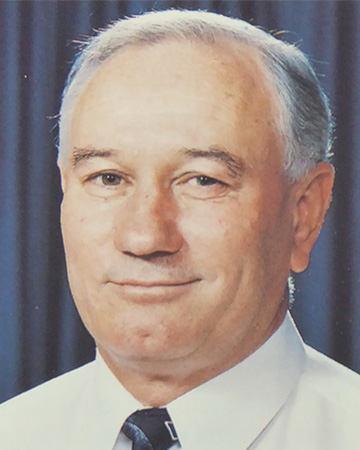Research into new drug to combat HIV virus
5/7/93
Western Australia is involved in the development of a promising new drug - extracted from a WA native plant - which could combat the HIV virus.
Environment Minister Kevin Minson said today that researchers at the National Cancer Institute in Maryland in the United States had used an extract from a WA plant in laboratory trials against the virus.
Mr Minson said the WA Government had been negotiating vigorously with the NCI to ensure that, in accordance with the Rio Convention on biodiversity, that Western Australians had an appropriate share of any profits from the drug known as conocurvone.
But he emphasised that much more detailed research and testing was needed before the full potential of the drug could be determined.
"There have been a number of examples of Western Australian plants that have been used in medical research," Mr Minson said.
"However, further testing beyond the initial phase has not led to anything.
"Consequently we are very concerned that we do not raise expectations prematurely, because the development of a successful drug could take at least five years and very possibly 10 years."
Mr Minson said WA was negotiating, through the Department of Conservation and Land Management and the Department of Commerce and Trade, with the NCI to ensure a possible drug was developed soon.
CALM was co-ordinating the scientific team progressing the potential of the drug.
"In our negotiations we are also seeking to ensure the plant is conserved and that WA scientists are involved in the research and development," Mr Minson said.
"It is also important that the WA community receives a fair and equitable share of any commercial development arising from the use of our native plant species.
"If development proceeds to a marketed drug, it could be worth billions of dollars to Western Australia."
Mr Minson said the plant involved was one of the species of conospermum.
He said its location was not being revealed to protect the plant resource and members of the public because it was suspected the plant was highly toxic.
Media contact: Diana Callander 222 9595



